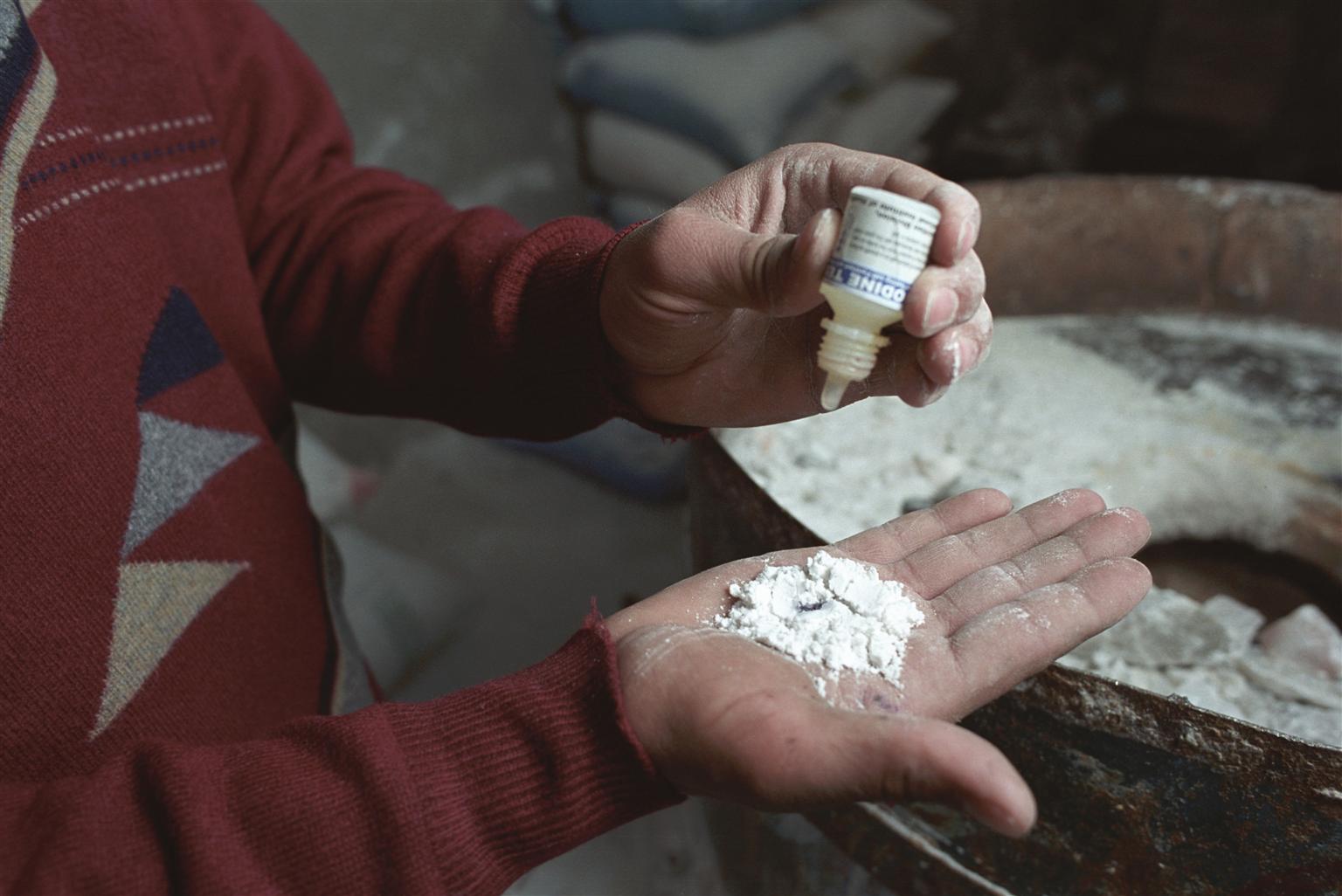
Over the past 20 years, a worldwide effort has been under way to reduce the number of people at risk of iodine deficiency disorders. These disorders result from a diet low in iodine, which is particularly damaging during early pregnancy because it retards foetal development, especially brain development, causing a range of intellectual, motor and hearing deficits. Iodine deficiency is the single greatest cause of preventable mental retardation, a problem that is easily and inexpensively prevented by iodizing all salt for human and animal consumption.
UNICEF estimates that less than one fifth of households in the developing world were using iodized salt at the time of the World Summit for Children in 1990. Some experts believe universal salt iodization may be the most successful public health effort of the past two decades. The proportion of households consuming adequately iodized salt has increased to some degree in every region of the world, yet large differences in levels of consumption remain. Two regions are close to achieving the goal: Latin America and the Caribbean, with 85 per cent of households consuming adequately iodized salt, and East Asia and the Pacific, with 84 per cent.
This report marks almost two decades since the 1990 World Summit for Children set the goal of virtual elimination of iodine deficiency disorders (IDD). At that time, IDD was a public health problem in many parts of the world – affecting more than 2 billion people, exacerbating learning capacity and productivity, and in some cases, reversing human development.